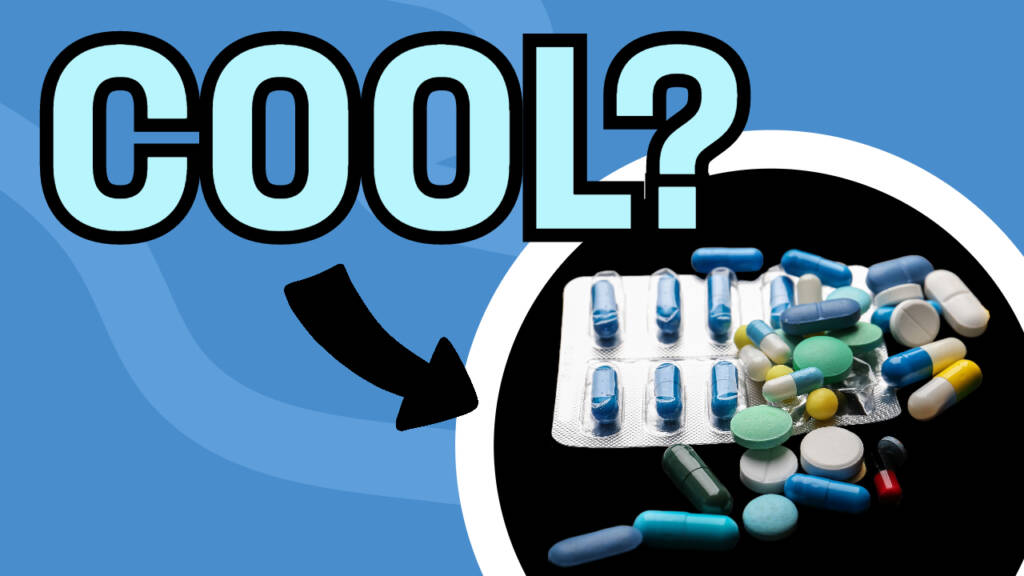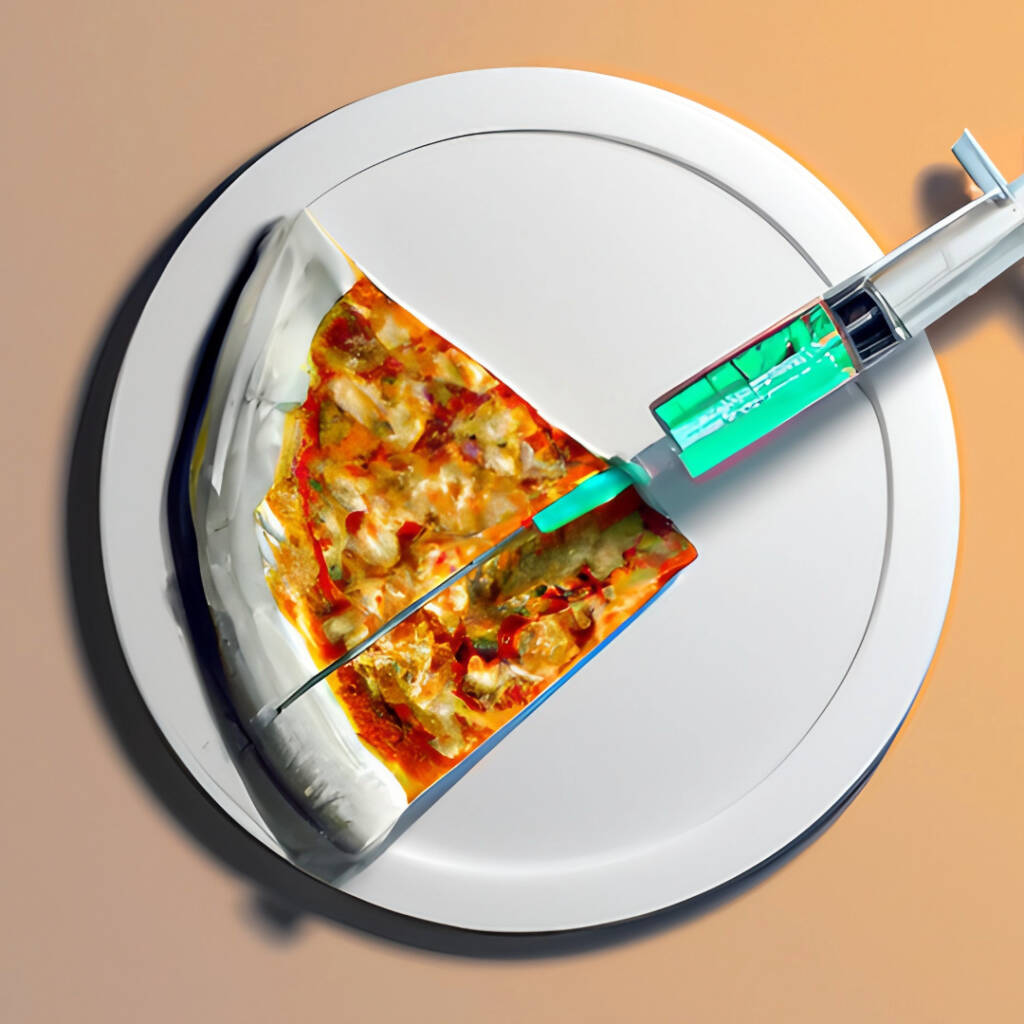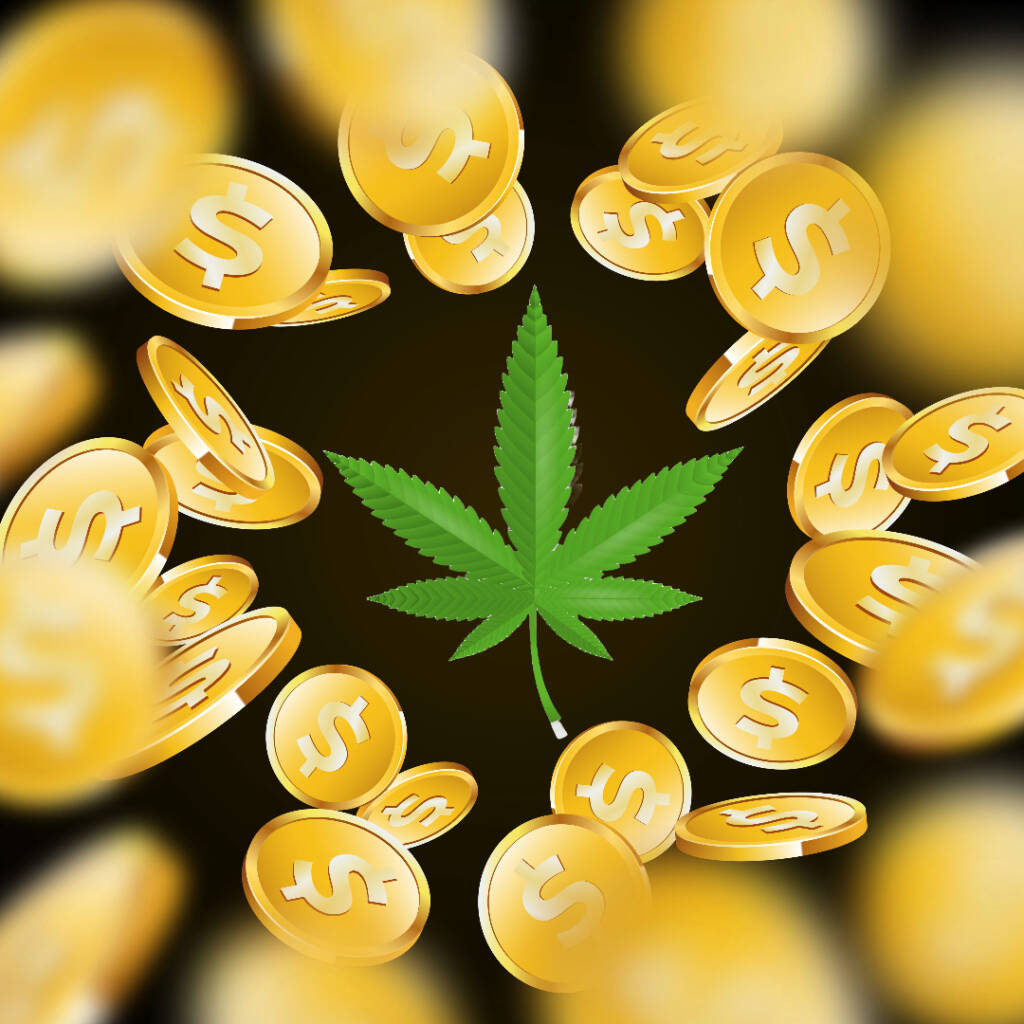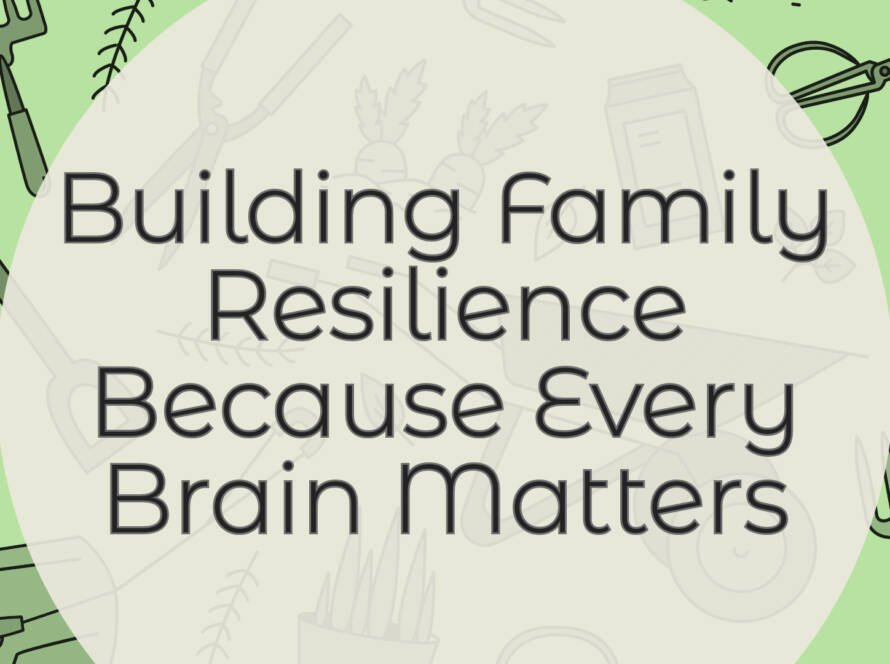Drugs – The ‘Currency of Cool’? What’s it Costing You?
Do you know yet? Do you even care? Image, fun and the world of substance use!
In today’s rapidly evolving world, the pursuit of “cool” has taken on fresh dimensions. It has become the currency by which many people are willing to trade logic, limits, life, and limb. The allure of being considered “cool, hip, gnarly, boss, sick or awesome” and the pursuit of fleeting moments of fun are, driving individuals to engage in risky behaviours, particularly substance use.
What are we willing to transact so recklessly for? Spending and being spent for a fleeting moment of ‘fun’, or the as transient, 15 seconds of fame?
In this blog post, we will prompt an initial peek into the concept of the “Currency of Cool” and explore some of the high costs associated with it, both on a personal and societal level.

The Value of ‘Fun’ in a Hedonistic Culture
In contemporary Western First World culture, the pursuit of fun and the desire to be perceived as edgy (a key to the status of ‘influencer’) have gained significant importance. Fun in this unanchored culture has seemingly crept into the undeniably valuable status – almost a ‘right’ all-be-it faux in the West. Yet what passes for ‘fun’ (or more perhaps more accurately, boredom killer) when substance use is involved is always transient, requiring increasingly stronger stimulants to recreate the sensation or mere alleviation. While the hedonistic pursuit of enjoyment is a strong human desire (especially when one is disconnected from sustainable meaning) it becomes problematic when people turn to substance use to achieve it.
The ‘Currency of Cool’ and Substance Use
Why do people think drugs are cool? This question has become increasingly relevant as societal attitudes toward drug use evolve. In the past, the “just say no” message was predominant, discouraging drug use with a focus on the associated risks. However, today, drugs are more socially acceptable and prevalent in popular culture, making them seem appealing to more people. The social contagion around perceived permission and peer pressure are proving energetic drivers in substance uptake.
This peer pressure and the desire to fit in have become powerful influences, leading individuals, especially young people, to experiment with drugs. Especially when meaningful community, purpose and identity are sabotaged by pop-culture. The portrayal of drug use in music, movies, and social media has normalized it to some extent. Additionally, the ease of obtaining drugs through technology has lowered the barriers to entry, making it as simple in many places, as ordering a pizza.

The High Cost of Fun Seeking ‘Cool’
While drugs may offer a temporary escape from life’s challenges and the promise of boredom alleviation, they always come at a high cost – even though that may not be experienced at first.
Substance use, particularly in the developing brain stage – 12 to 28 years of age – can lead to health problems, addiction legal issues, and a deterioration of relationships. It can derail educational and career prospects, replacing aspirations with a focus on immediate gratification.
About 13 years ago, I recall a meeting I had with a key State funded youth health agency in one of Australia’s states. The Dalgarno Institute had just been rebranded and we were appearing on the radar of the sector, and people wanted to ‘check us out’.
I was brought into a room with several staff, mostly social and/or youth workers and they were grilling me on Dalgarno’s posture in the sector. When I outlined our clear primary prevention and demand reduction priority, the temperature in the room dropped a little. (My first real taste of drug sector disapproval).
As part of our conversation the ICE (Chrystal-meth) issue popped up – very early days of this soon to be endemic problem – and they shared about some recently rehabilitated 16-year-olds who had fallen foul of Meth use. They talked about the state they were in for a long time and that they were only just leaving rehab to try and start life again – and they shared the core priorities and yes, ‘goals’ of this group on getting back into society.
Three of the main goals were too, learn how to clean their teeth properly, wash their clothes, and try and get back to school a bit more regularly (remember these are16-year-olds, and that was the post drug use aspirations.)
I chimed in with what I thought was an easy to affirm comment that… “Wow, yep, there’s absolutely no upside to drug use!”
To my surprise, in fact I did a double take, was that one of the staff, an indigenous worker, without hesitation, and with a strong tone of affirmation over consolation, said; “What about fun!”
This was the first time, I had heard this temporary outcome lauded as a ‘value’, not simply an outcome.
Since then, this ‘value’ has only increased in weight, assisted ably by pro-drug activists and ‘wink at use’ workers who clearly assign value to substance use in similar fashion. It’s this sub-cultural affirmation and kudos that adds easily to the currency of cool.

The Social Nature and ‘Animal’ of Drug Use
One aspect that often gets overlooked is the social nature of drug use, especially in the context of party drugs such as MDMA, cocaine, and crystal methamphetamine. Users often describe these substances as enhancing social experiences, reducing inhibition, and intensifying connections with others. This social aspect of drug use contributes to the allure of “fun.”
Yet that ‘connection’ is only around a shared sensation at an event, so whilst it may be intense (thus the hook) it is incredibly superficial and as those who have watched, know that time and time again there is no genuine relational intimacy, merely a counterfeit, that continue to promise ‘more’, but delivers less authenticity.
I still recall the moment when a young adult I had the privilege of mentoring stepped out of his university long-time friends’ group whom he had previously lauded as this ‘Besties’ and awesome friends. Their social activities always include ‘weed’ and alcohol and they had ‘the best time’. Until…
Once this 20 something stepped out of the haze of weed use and his life lens cleared, the descriptors of this ‘awesome peerage’ quickly changed. He said that we had no relationship other than around the shared ‘stoner’ moment. Always in the superficial and never connecting on any authentic level. When crisis hit or life just got difficult and he wanted to work through and share with those who he thought were his best friends, all he got was more offers of substances and he was told to ‘chill out’. This is not relationship in any function sense at all.
Conclusion
In our pursuit of the “Currency of Cool,” we must recognize the high costs it incurs. Substance use may offer fleeting moments of enjoyment, but it all too often leads to a life marred by, health problems, addiction, broken relationships and missed opportunities. Society’s changing attitudes toward drugs and the influence of popular culture should not overshadow the very real risks of short and long-term harms associated with substance use.
It’s crucial for a culture that now emotes more than reasons, to pause long and hard before engagement – especially the 15–28-year-olds.
It’s vital to prioritize long-term well-being over short-lived fun and to educate ourselves and others about the very frequently propaganda-painted over consequences of substance use. Only by understanding what is being pitched to you, how and why, and reflecting on the true costs of the “Currency of Cool” can we make informed decisions and choose a path that leads to a brighter, healthier, and more resilient future for you and those you care for.
Resilience Building Team – Dalgarno Institute




